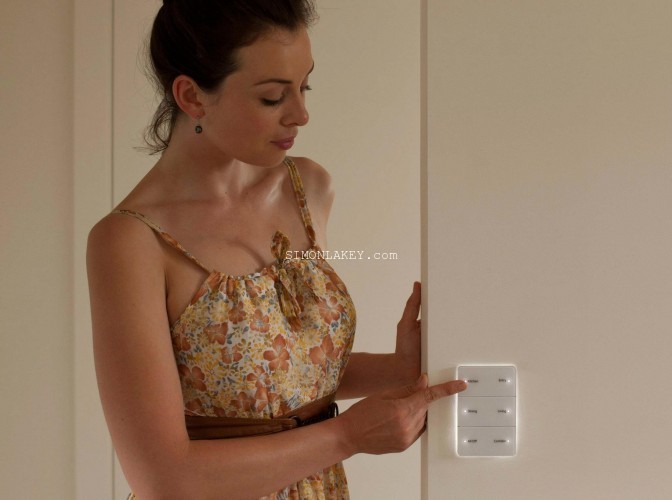
The evolution of LED lighting together with modern lighting design philosophies, and local design and building regulations, sees more complex lighting designs today than those of the past.
With more lights and different types of lights in a building, effective control cannot be achieved with traditional switching and dimming inputs. Multiple switching and dimming interfaces becomes overly complex, and counter-intuitive.
Compounded complexity
Even with the progression electronic lighting control systems, most systems merely replicate traditional switching and dimming control, albeit electronically. The pitch and promise of simplicity and intelligent control is rarely delivered to the project and end-user.
Ironically, by way of the ‘technology functionality paradox’, typical electronic lighting control systems can become even more complex, more counter-intuitive, and more confusing for the end-user.
I see many projects, and hear our many more, where the lighting control system has been ‘designed’ to control lights in a space with the user experience only considered as a means to switch or dim, resulting in an inadequate system that has little value.
A simple solution may not be the easiest
A paradigm shift is needed to think about how a building, room or space is actually going to be used – smart building systems should be designed for the user.
A smart building needs to be controlled by a quality networked lighting control and automation system that considers what the application is, who the user is, and how the spaces are to be used.
For close to thirty years the Australian designed and manufactured Dynalite lighting control system by Philips has been built on concepts of areas and presets, in a similar way that professional lighting engineers have efficiently controlled complex lighting consoles for decades.
A single button preset adjusts all lights to predetermined levels. The complexity of the lighting control system is expertly handled in the background, while the end-user enjoys a simple user interface.
The lighting control system becomes even more simple for the user by introducing intelligent sensors, timers and scheduling, and integration of other electronic systems.
Why are systems not simple?
So, why are many (perhaps most) electronic lighting control systems not simple and intuitive? Well, it’s because making things simple can be actually harder than just leaving then as being complex. The project needs to invest professional and expert time and thought to make a system simple, however, the return on investment may not be immediate.
Unfortunately some project stakeholders and other project influencers who don’t understand the vision of smart buildings, may have a greater focus on reducing costs and/or increasing profit margins. The ‘simpleness’ of a system becomes ‘valued engineered’ out of the project, perhaps for a lesser system.
The client is often left (sometimes unknowingly) with an inept and underwhelming control system for the next thirty to forty years that will never achieve the functionality requirements of a smart building of the future.
As a consequence, many electronic lighting control systems receive a bad rap for being overpriced, cumbersome and dysfunctional, and are never considered for the next project.


